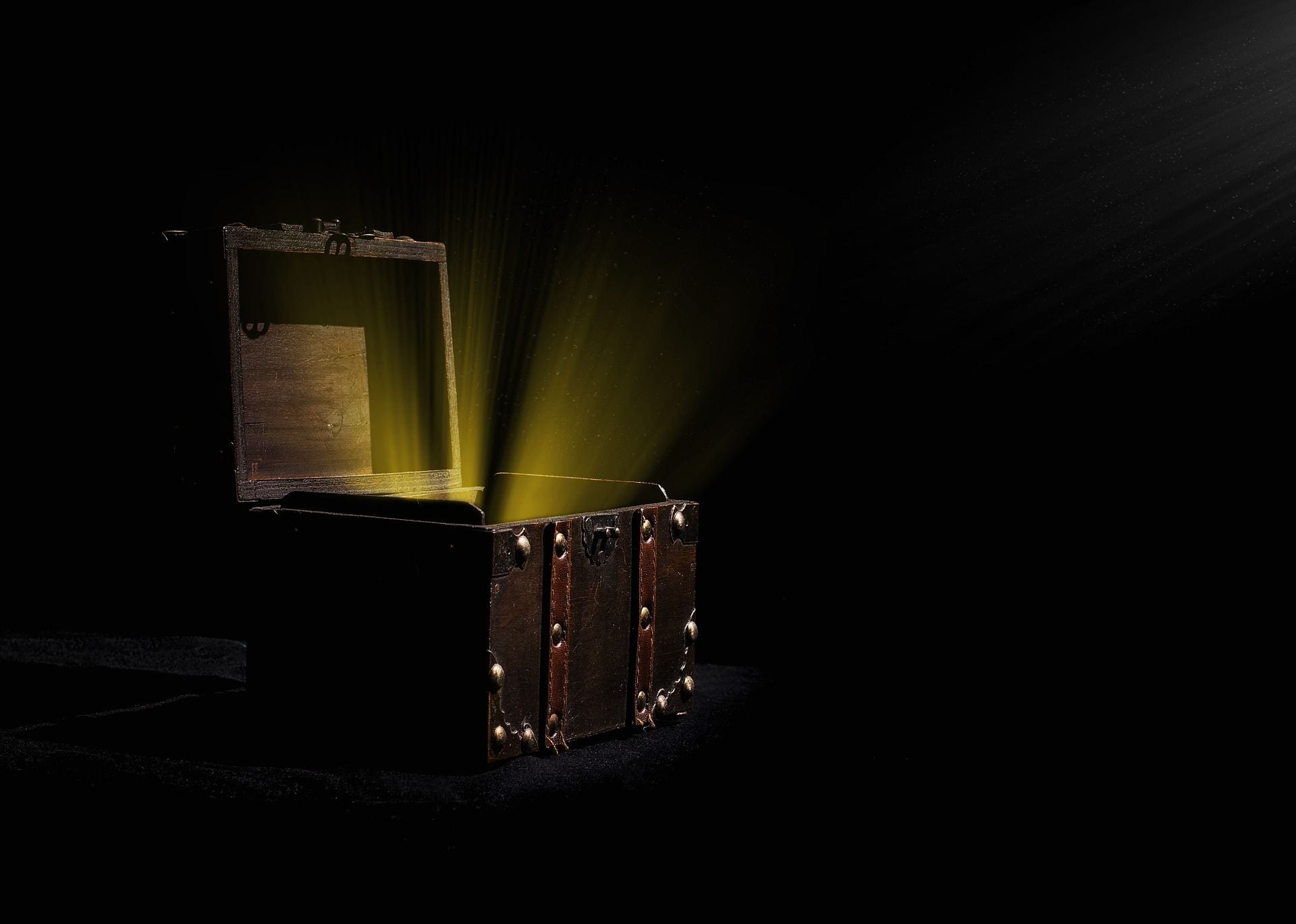
In Medieval Europe, many people believed that treasures were not simply valuable objects, but also magical and sentient beings. In order to find such treasures, you needed to know what they liked and disliked, how they behaved, and where they preferred to hide. Do you feel like stepping into the shoes of a medieval treasure-hunter? If the answer is yes, here are some tips for a successful magical treasure search.
Choose the Right Time

Certain times were thought to be especially lucky for treasure hunts – these included New Year’s Eve and St Martin’s eve, the night between Sunday and Monday, and days of saints and their eves in general. All these dates belong to “liminal” times – times in-between, as they were widely associated with the power of spirits and magic.
Prepare a Bait

As treasures were sentient and magical, they could also move on their own – and effectively escape treasure-hunters! In order to lure the treasure, medieval treasure-hunters used bait. The most common one was coins – as “like attracts like,” money was supposed to attract the treasure.
Another thing thought capable of luring treasures was… sunlight. Apparently, magical treasures enjoy a good sunbath, and so on a sunny day they will sometimes arise to the surface – a great chance for a treasure-hunter!
Find a Ruin or an Old Building

Ruins of castles and monasteries were considered to be one of the most likely locations for a successful treasure hunt. But if you do not have one around, hope is not yet lost! There are plenty of other places where treasures like to hide – like burial mounds and old buildings, or under wayside crosses. Also, the Tower of London and Westminster Abbey have often attracted the attention of treasure-hunters, and who knows – maybe they were onto something?
Watch Out for Treasure Guardians

Treasures were thought to be protected by various supernatural beings – spirits, demons, and ghosts. They could foil the treasure hunters’ plans by concealing the treasures, or just scare them away by throwing rocks and causing storms, appearing in horrifying shapes and making strange noises.
Luckily, these spirits are not generally believed to attack people physically – but one certainly needs to muster the courage to proceed with the treasure hunt in the face of these horrible visions.
Identify the Treasure’s Location

A stick of holly or mistletoe was thought to be helpful in locating hidden treasures. But if you do not have any of these, just look out for blue flames or other mysterious lights – they are supposed to burn over the places where the treasures are buried!
Don’t Be Fooled by the Treasure’s Disguise

On top of being magical, sentient, and capable of moving on their own, treasures were also something like shapeshifters. It was believed that treasures could appear as glowing charcoal, dirt, or chunks of wood. Also, Russian folklore tells of treasures disguising themselves as human beings. Treasure-hunters used magic to return the treasures to their true form.
Capture Your Treasure!

Once you finally see your magical treasure, immediately throw something at it! According to medieval treasure-hunting practices, this prevents the treasure from disappearing. Conveniently, regular coins, again, should do the trick.
By Iryna Stavynska
Bibliography:
Dillinger, Johannes. Magic Treasure Hunting in Europe and North America. Palgrave Macmilian, 2012.
